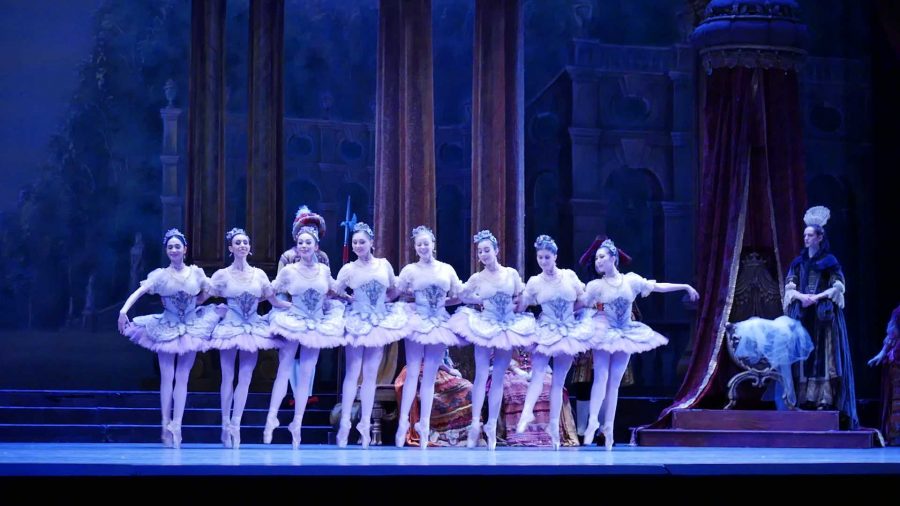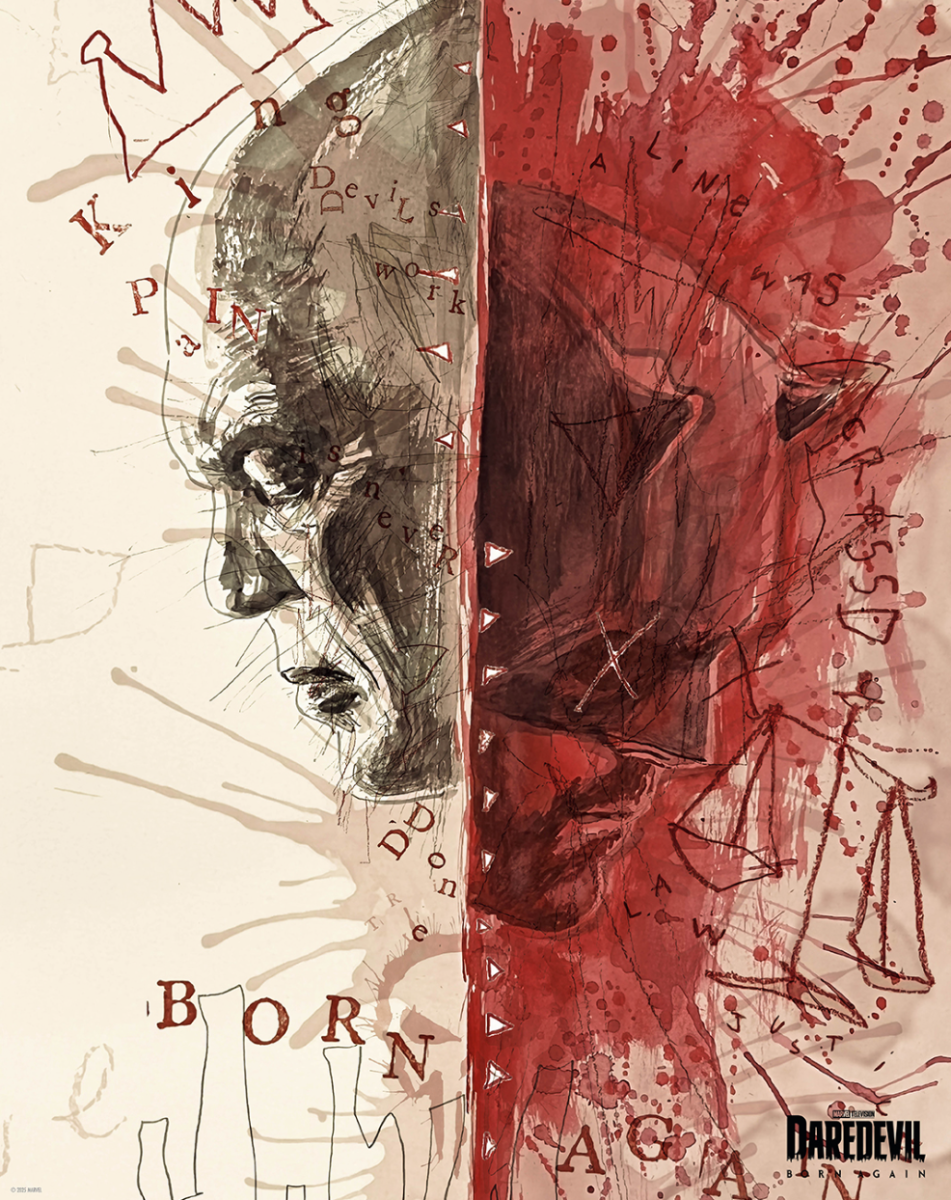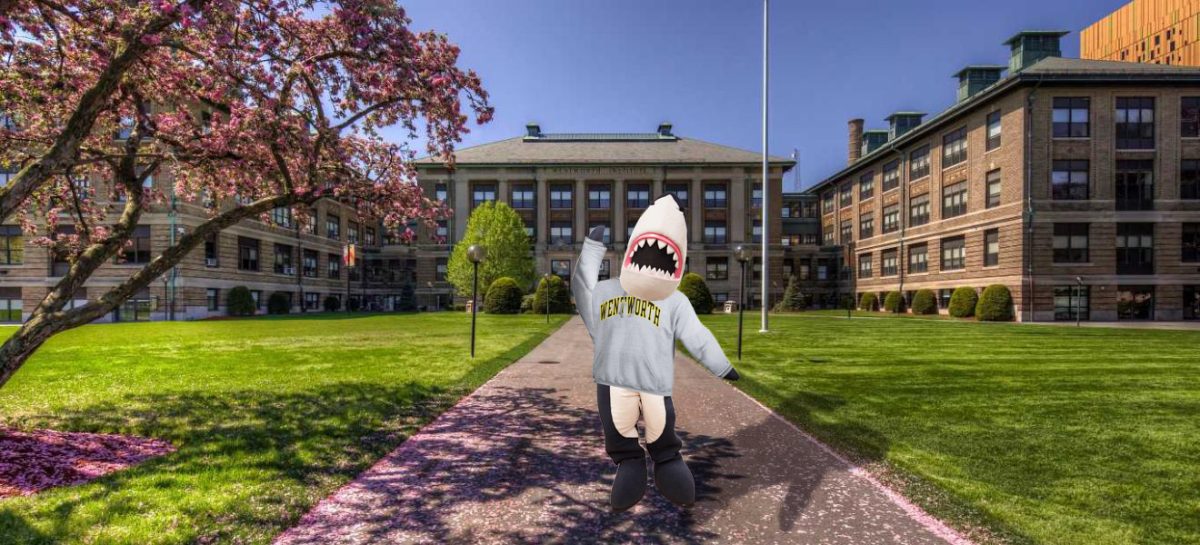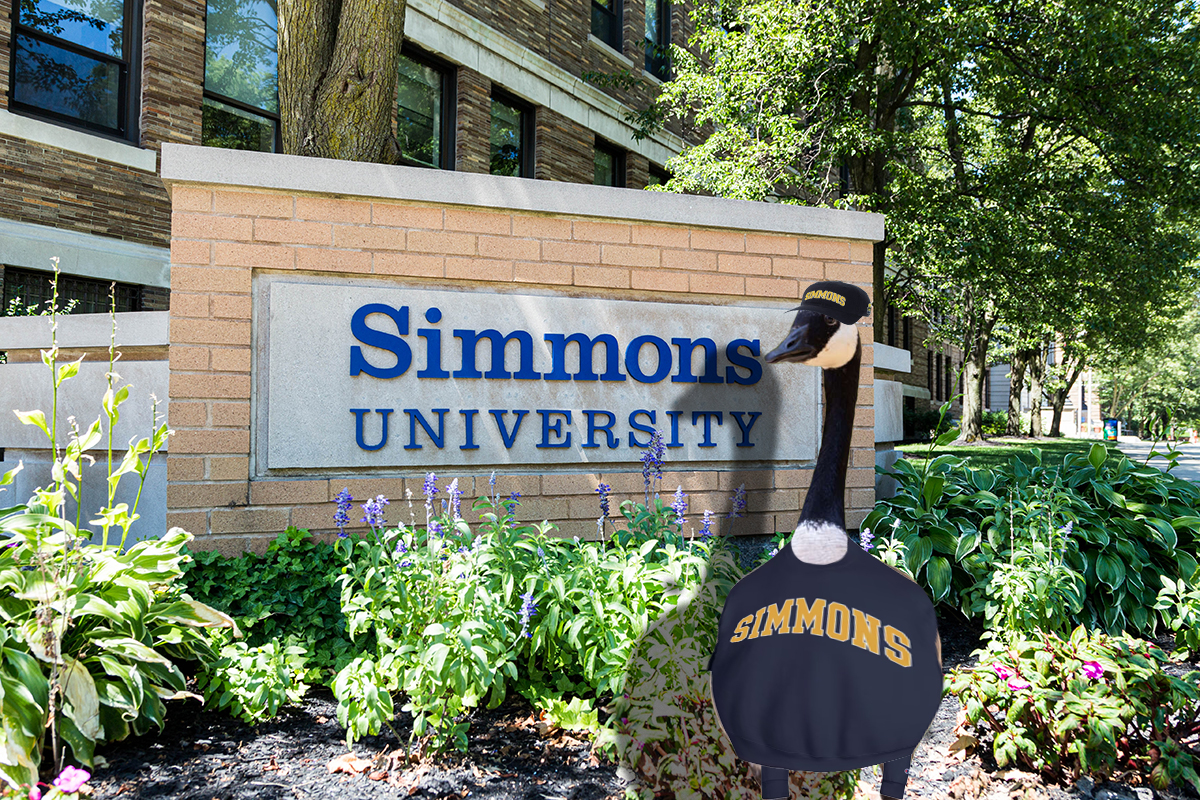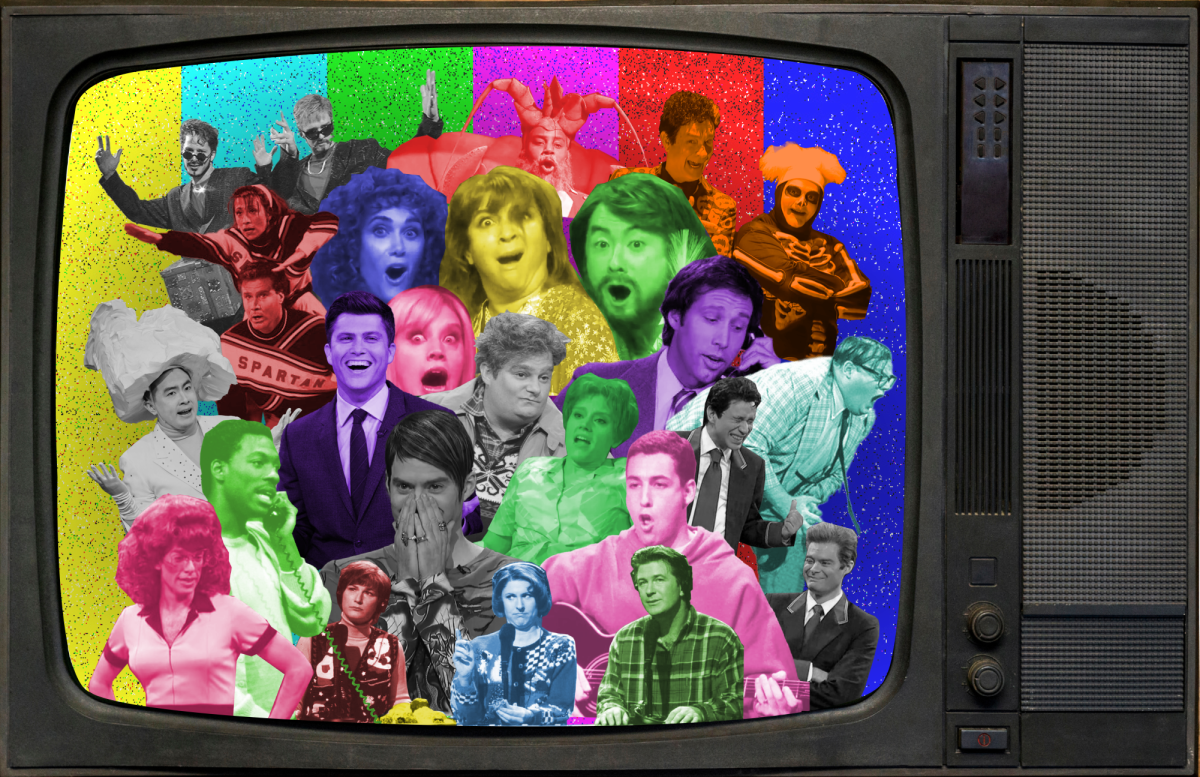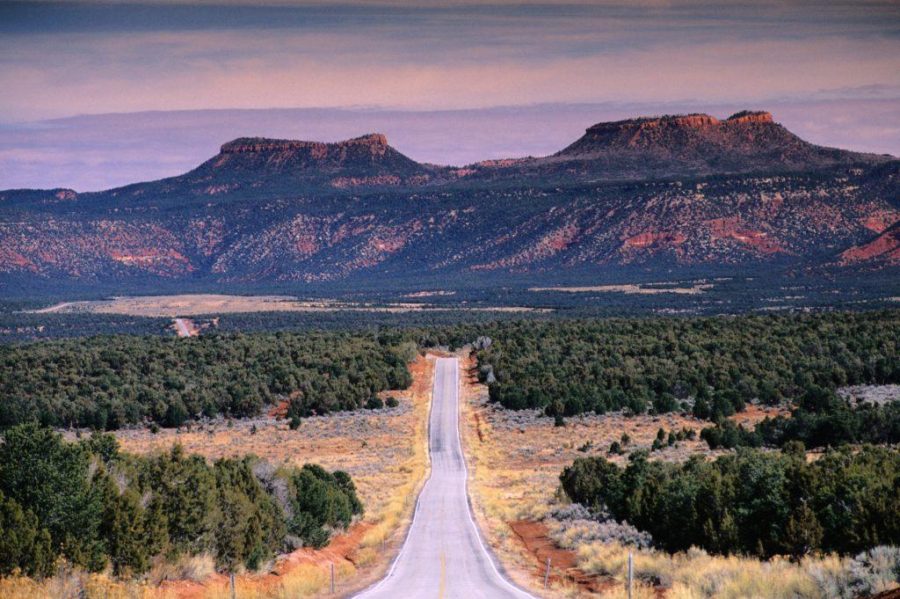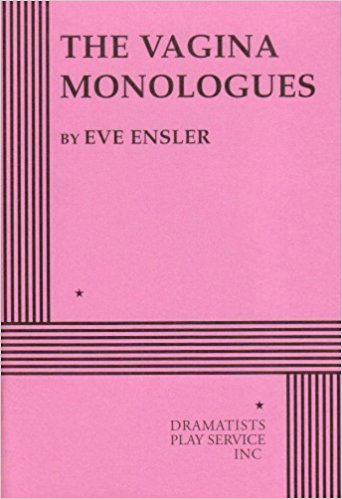By Angelica Coleman
Staff Writer
Sometimes movies have a profound effect on the human psyche, where it feels to the individual as though an aspect of their own personal identity has been projected before them on the screen. If you do not know the feeling I am referring to, I encourage you to go out and see more films until you find one that resonates with you deeply. It truly is a magical experience. I have a handful of movies that I remember in this way. Of course, different movies have this effect on different people.
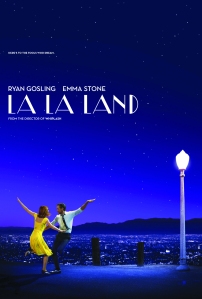
The remarkable thing about “La La Land” is that it has this effect on most people who see it. Even those who critique certain aspects of the film do not deny the overall sensation it induces. Damien Chazelle, the director of “La La Land”, has created some remarkably universal movie magic. Here’s how.
This film has many elements that almost guarantee its widespread and lasting success. It harkens back to the golden age of Hollywood musicals, capitalizing on romance and nostalgia in a world mourning the recent loss of greats like Debbie Reynolds (“Singing In the Rain”).
“La La Land” also features two A-list celebrities, Emma Stone and Ryan Gosling, who make up for their lack of professional dancing and singing skills with legendary chemistry and lovable charisma. The cinematography features long, dynamic shots and vibrant, saturated colors that enhance the magical quality of the film. The music is original, yet timeless. Even the instrumental songs evoke strong emotions (see “Mia and Sebastian’s Theme”), perhaps more so than the songs with lyrics.
“La La Land” artfully navigates multiple universal themes including love, loss, and the profound impact that art has on individuals. Admittedly, there are also some themes that are addressed poorly in the film. For instance, Gosling’s role as the savior of traditional jazz music is problematic, considering everything the music genre owes to African-American culture and individuals. Additionally, Stone’s character, Mia, does not display the qualities of a fiercely independent woman, and relies heavily on Gosling’s character for her plot trajectory. “La La Land”, may not be perfect, but it still accomplishes many notable cinematic feats.
For Sebastian, jazz plays an important role in forming who he is and what he believes in. For Mia, it is old-school cinema that shapes her persona as an actress. Both of these art forms are dying in modern society, and the two characters form a bond while trying to save their respective passions. It is universally uplifting to watch people fight for what they care about.
Mia even encourages Sebastian to follow his dreams of opening his own jazz club by saying it will be successful, “… because you’re passionate about it and people love what people are passionate about.”
Damien Chazelle was passionate about creating an old-fashioned Hollywood musical, coincidentally yet another dying breed of art. At the 2017 Golden Globes, Chazelle commented in his acceptance speech on how much he fought to make “La La Land” a reality, as many studio executives did not believe in the potential of this type of film. Just like Mia at her acting auditions, Chazelle was shot down many times before he made his passion a reality.
We are lucky a film like “La La Land” did make it into this world. With its perfections and its imperfections, this film inspires hope, evokes wonder, and encourages nostalgia. “La La Land” reminds us it is okay to have confidence and believe in our impossible goals, even as we face immense criticism and conflict.
In the lyrical words of Mia, “Here’s to the ones who dream, foolish as they may seem.”





